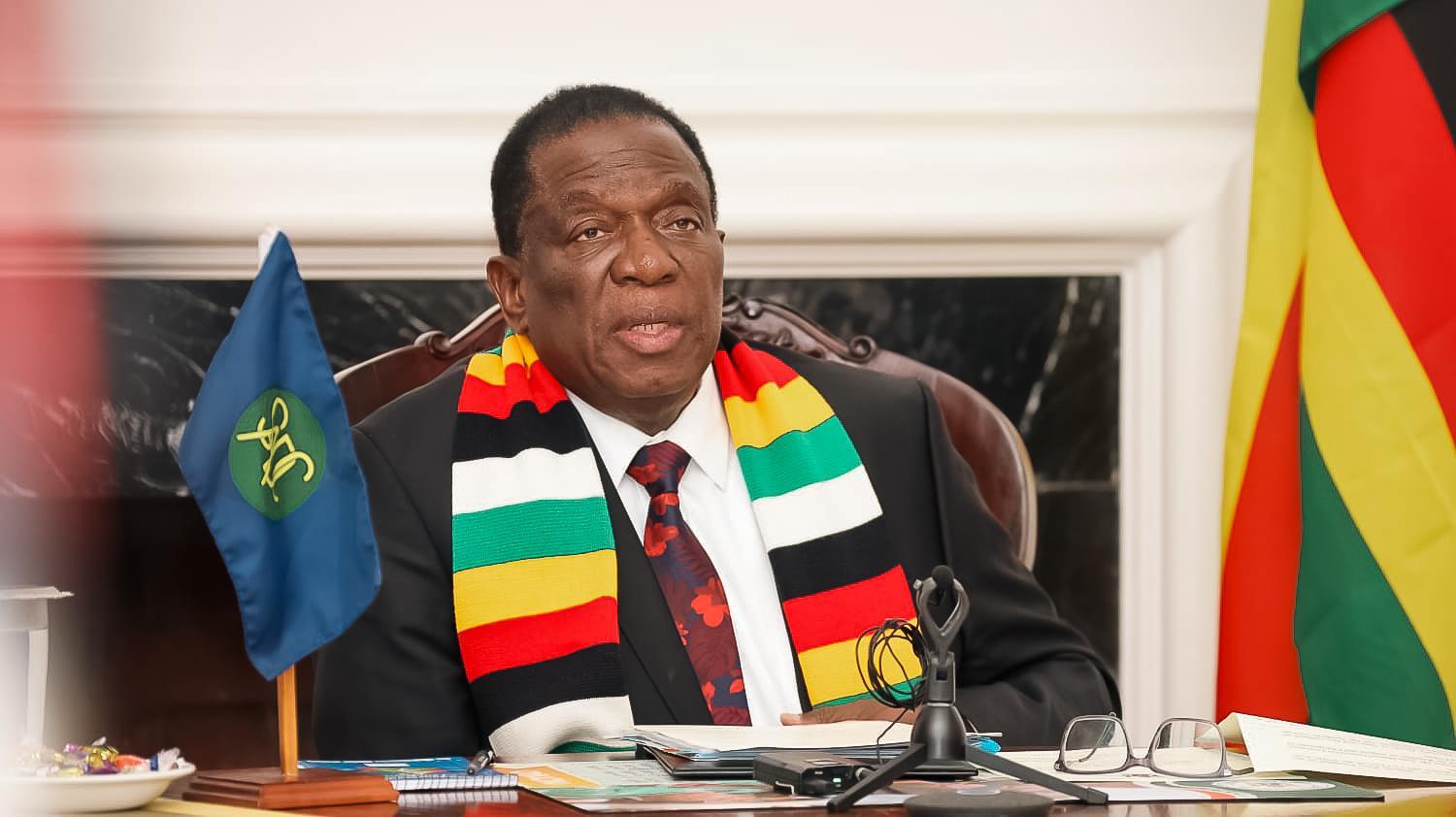Africa-Press – Mozambique. Three African-led DRC peace processes which previously ran separately have been consolidated and a new panel of facilitators appointed to guide the mediation efforts.
The decision was arrived at during a virtual Joint Extraordinary Summit of the East African Community (EAC) and the Southern African Development Community (SADC) on August 13, 2025.
The summit, co-chaired by President William Ruto and Emmerson Mnangagwa of Zimbabwe, brought together leaders from across the region to address the ongoing security challenges in eastern Democratic Republic of the Congo.
The summit endorsed a framework merging the Nairobi and Luanda mediation processes into a unified structure.
This consolidation combines the efforts of EAC, SADC, and the African Union, with the technical secretariats of the three entities merging into a single joint secretariat led by the African Union Commission in Addis Ababa.
This new arrangement aims to streamline and strengthen the mediation efforts, enabling a more coordinated and effective approach to peacebuilding.
A significant outcome was the appointment of a five-member Panel of Facilitators, including former Botswana President Mokgweetsi Masisi, who will guide the mediation process.
“We commend the Panel of Facilitators for accepting to guide the process towards addressing the various facets of the security challenges in eastern DRC,” the summit communiqué stated, underscoring the collective commitment to resolving the conflict through dialogue.
The summit further called for immediate mobilisation of resources to support humanitarian and mediation activities, to be centralised and coordinated by the African Union Commission.
Presidents Félix Tshisekedi of the DRC, Paul Kagame of Rwanda, and Hakainde Hichilema of Zambia reaffirmed their dedication to peace in the region.
The communiqué praised President Tshisekedi and President Kagame for embracing the path of dialogue to overcome the conflict.
The joint summit also welcomed ongoing initiatives such as the Washington Accord and the Doha Declaration of Principles, calling for their alignment and complementarity with the African-led mediation.
The leadership of the EAC and SADC chairpersons was acknowledged for steering the process toward lasting peace.
This merging of peace mediation units marks a historic step in addressing one of Africa’s most enduring conflicts.
It highlights the determination of regional and continental bodies to unify their efforts and mobilise the necessary resources for sustainable peace in eastern Democratic Republic of the Congo.
The next critical phase is the implementation of these resolutions and ensuring that the newly formed structures function effectively to progress peace negotiations and humanitarian support.
The crisis in the Democratic Republic of the Congo has deep roots in decades of political instability, ethnic tensions, and competition over the country’s vast mineral resources.
It escalated in the mid-1990s when the aftermath of the Rwandan genocide drove hundreds of thousands of refugees and armed groups into eastern DRC, sparking conflicts that drew in neighbouring states.
Successive rebellions, particularly in the mineral-rich Kivu provinces, fueled violence and mass displacement.
Weak governance, corruption, and a fragile national army allowed local militias and foreign-backed armed groups like the M23 to thrive.
Regional rivalries, especially between Rwanda and the DRC, have repeatedly undermined peace efforts.
Despite multiple agreements and interventions, persistent insecurity, humanitarian crises and exploitation of resources have kept the conflict alive, making eastern DRC one of Africa’s most protracted and complex crises.
For More News And Analysis About Mozambique Follow Africa-Press






